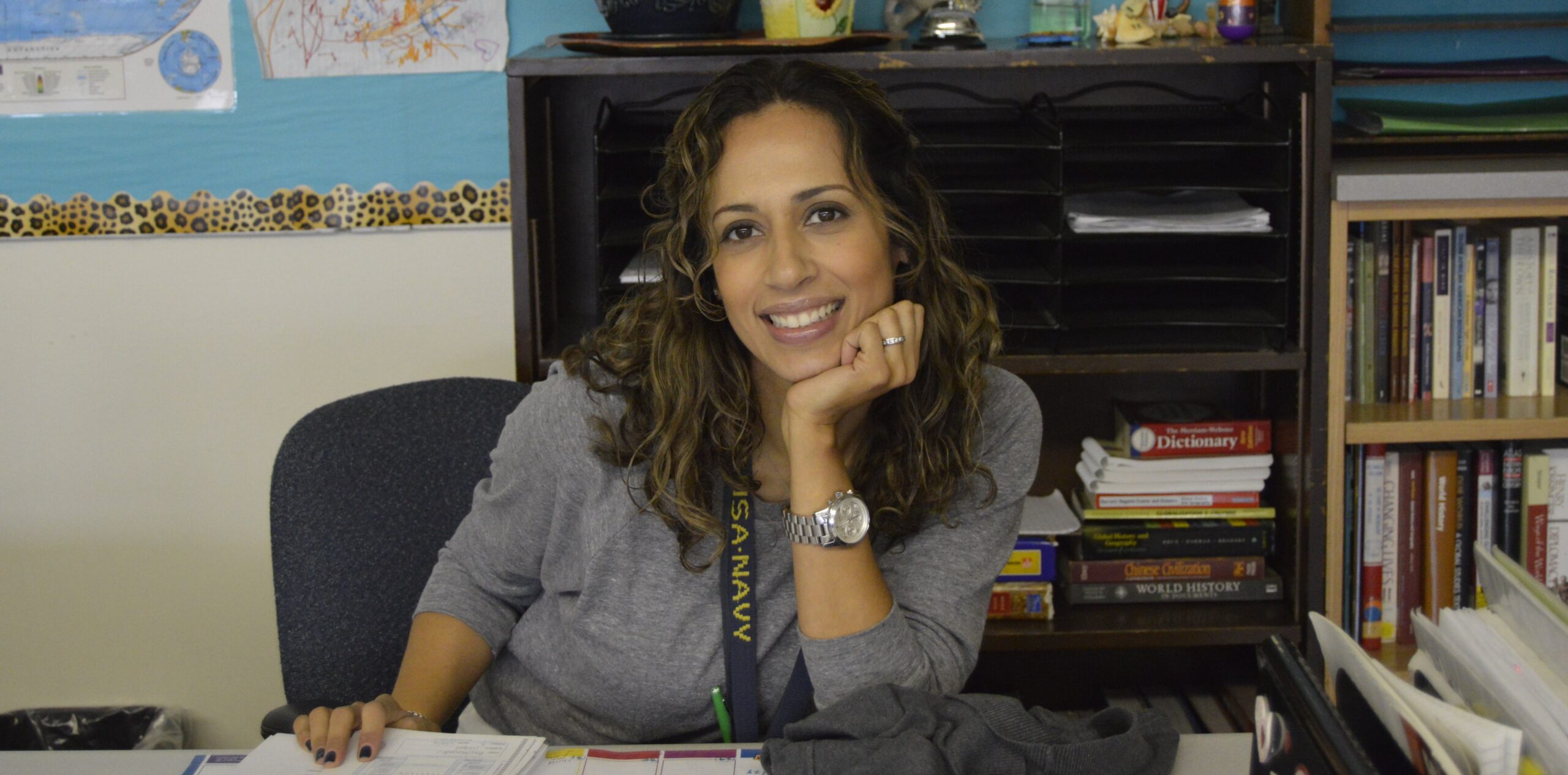A science teacher is responsible for educating students in various scientific disciplines, such as biology, chemistry, physics, and earth science. They develop and implement engaging lesson plans that promote critical thinking and hands-on experimentation, fostering a deep understanding of scientific concepts. Additionally, science teachers assess student progress through tests and assignments, provide individualized support, and create a safe learning environment that encourages curiosity and exploration. In preparation for an interview for this role, candidates should be ready to discuss their teaching philosophy, classroom management strategies, and methods for inspiring students in the sciences.
A crucial step in landing your dream job as a science teacher is excelling in the interview process. To help you prepare, we’ve compiled a list of 10 essential interview questions for science teacher candidates. Below, you’ll find these questions along with sample answers to some of the most critical ones, giving you a solid foundation for your upcoming interview.
Interview Questions for a Science Teacher
- How do you make complex scientific concepts accessible and engaging for students of varying abilities?
- Can you describe your teaching philosophy and approach to science education?
- How do you integrate hands-on experiments and practical applications into your lessons?
- What strategies do you use to promote critical thinking and problem-solving skills in your students?
- How do you stay current with the latest developments in science and incorporate them into your teaching?
- Can you give an example of a successful lesson plan you’ve developed and how it was received by students?
- How do you assess student learning and provide constructive feedback?
- How do you handle safety in the science lab and ensure students follow proper procedures?
- How do you address controversial scientific topics or theories in the classroom?
- How do you collaborate with other teachers and integrate cross-curricular connections in your lessons?
Sample Answers for the Top 4 Interview Questions
How do you make complex scientific concepts accessible and engaging for students of varying abilities?
What they’re looking for:
Interviewers ask this question to assess your ability to differentiate instruction and make science accessible to all students. They want to see if you can break down complex ideas, use various teaching methods, and adapt your approach to meet diverse learning needs. Your answer should demonstrate your creativity, patience, and commitment to inclusive education.
Sample response (STAR format):
In my previous role teaching high school biology, I faced a class with students of widely varying abilities, including some with learning disabilities. To teach the complex concept of cellular respiration, I developed a multi-modal approach that included visual aids, hands-on models, and a role-playing activity where students acted out the process. Additionally, I created tiered worksheets to accommodate different learning levels and provided one-on-one support as needed. As a result, all students showed improvement in their understanding, with 90% scoring above 80% on the final assessment. Several students who had previously struggled with science expressed increased interest and confidence in the subject.
Tips for Tailoring Your Response:
To personalize your response, reflect on specific challenging concepts you’ve taught and the methods you used to make them accessible. Consider any unique approaches you’ve developed or success stories with particular students. Incorporate these experiences into the STAR format, ensuring you highlight your adaptability and commitment to reaching all learners.
Can you describe your teaching philosophy and approach to science education?
What they’re looking for:
Interviewers ask this question to understand your core beliefs about teaching and learning science. They want to see if your philosophy aligns with their institution’s values and approach to science education. Your answer should reflect your passion for science, your understanding of effective teaching methods, and your commitment to student growth and engagement.
Sample response:
Throughout my teaching career, I’ve developed a philosophy centered on inquiry-based learning and real-world application of scientific concepts. In my previous position at Lincoln High School, I implemented this approach by redesigning the curriculum to include more hands-on experiments and project-based assessments. For example, when teaching ecology, I organized a local ecosystem study where students collected and analyzed data from a nearby park. This approach not only improved student engagement but also led to a 25% increase in test scores and a notable rise in students pursuing advanced science courses. My teaching philosophy emphasizes fostering critical thinking, promoting scientific literacy, and inspiring a lifelong love for scientific discovery.
Tips for Tailoring Your Response:
To personalize your answer, reflect on your experiences and the moments that have shaped your teaching philosophy. Consider specific examples of how you’ve applied your philosophy in the classroom and the outcomes you’ve observed. Align your response with the school’s mission or values if possible, showing how your approach would be a good fit for their specific educational environment.
How do you integrate hands-on experiments and practical applications into your lessons?
What they’re looking for:
Interviewers ask this question to assess your ability to create engaging, practical learning experiences. They want to see how you bridge the gap between theoretical knowledge and real-world applications, and how you foster hands-on learning. Your answer should demonstrate your creativity, planning skills, and understanding of the importance of experiential learning in science education.
Sample response:
In my role as a chemistry teacher at Westfield High School, I faced the challenge of making abstract concepts more tangible for students. To address this, I developed a series of hands-on experiments and practical applications for each unit. For instance, when teaching about chemical reactions, I designed a lab where students created their own exothermic and endothermic reactions, then applied this knowledge to understand how instant cold packs work. I also incorporated real-world applications by having students research and present on how these reactions are used in various industries. This approach resulted in a 30% improvement in test scores and increased student engagement, with many students reporting a better understanding of how chemistry applies to their daily lives.
Tips for Tailoring Your Response:
To personalize your answer, think about specific experiments or projects you’ve implemented in your classes. Consider any unique resources or local partnerships you’ve utilized to enhance practical learning. Reflect on the outcomes of these activities, such as improved student understanding, increased engagement, or any notable projects or achievements by your students. Incorporate these personal experiences into your response to showcase your innovative approach to hands-on learning in science education.
What strategies do you use to promote critical thinking and problem-solving skills in your students?
What they’re looking for:
Interviewers ask this question to gauge your ability to develop higher-order thinking skills in students. They want to see how you encourage students to analyze, evaluate, and create rather than simply memorize facts. Your answer should demonstrate your understanding of critical thinking strategies and your ability to implement them effectively in science education.
Sample response:
At my previous position teaching physics at Oakwood High School, I recognized the need to enhance students’ critical thinking and problem-solving skills. To address this, I implemented a strategy of using open-ended questions and real-world scenarios in my lessons. For example, when teaching Newton’s laws of motion, I presented students with a complex problem: designing a safety system for a new amusement park ride. Students had to analyze the forces involved, predict potential issues, and propose solutions. I guided them through the process, encouraging them to question assumptions and consider multiple perspectives. This approach not only deepened their understanding of physics concepts but also significantly improved their problem-solving abilities. By the end of the semester, 85% of students showed marked improvement in their critical thinking skills as measured by our department’s assessment rubric.
Tips for Tailoring Your Response:
To personalize your answer, reflect on specific techniques or activities you’ve used to promote critical thinking in your classroom. Consider any unique challenges you’ve faced and how you overcame them. Think about how you’ve measured the success of your strategies and any feedback you’ve received from students or colleagues. Incorporate these personal experiences into your response to showcase your commitment to developing these crucial skills in your students.




